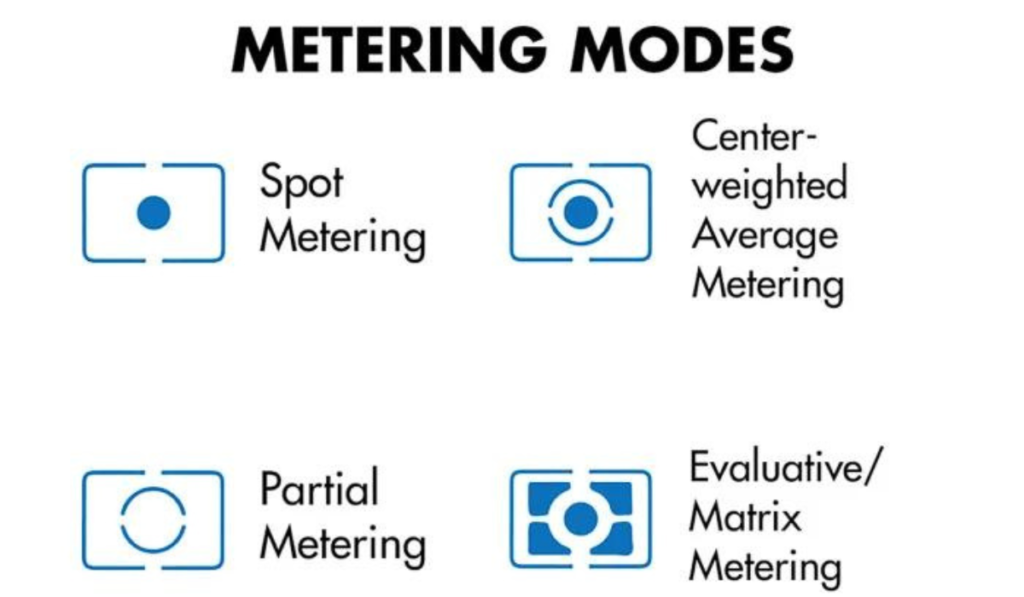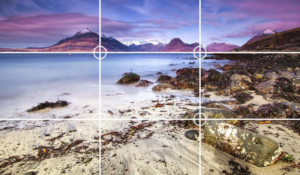Mastering Camera Metering Modes: A Comprehensive Guide

Introduction:
Every photographer wants to capture a photograph that is well exposed. To achieve optimal exposure, you must understand the camera’s metering modes. This guide will explore the purpose of camera metering and the various metering options available. We’ll also show you how to use them to improve your photography skills.
The purpose of metering is:
The process of exposure metering involves a camera calculating the settings necessary to capture a well-exposed picture based on brightness. Cameras use the 18% reflectivity standard of middle gray to determine exposure settings. The goal is to create a balanced exposure throughout the image.
Automatic Metering Challenges:
While automatic metering is highly advanced, certain scenes can be challenging, such as landscapes with snow or environments that are predominantly dark. This can lead to images being underexposed or excessively exposed. Photographers can overcome these challenges by using tools such as gray cards.
There are many different metering modes:
Different metering modes are available to give photographers flexibility when it comes to measuring light and calculating the exposure settings. There are three main metering modes: evaluative, spot, and center-weighted. Each has variations depending on camera model and brand.
Primary Metering Modes
- This mode, also known as multi-pattern or matrix metering divides the scene in zones, and assesses each one for exposure. It often prioritizes the autofocus point.
- The Center-Weighted Measuring Mode: This mode bases its exposure calculations on the central part of the frame. It is suitable for subjects that are located in the middle.
- Spot Metering: This method measures the light coming from a specific area (usually the focal point) and allows for precise exposure control of certain elements in the scene.
Other metering modes:
- Partial Metering – Similar to spot metering, but covering a larger area. This is useful in scenes where the main subject occupies the majority of the frame.
- Highlight-Weighted Measuring: This metering method prioritizes the preservation of highlight details, making it perfect for scenes with high contrast.
- Entire screen average metering: Measures the exposure over the entire frame, without focusing on any particular area. This ensures consistent exposure settings.
Selecting the Metering Mode:
The choice of metering depends on a number of factors, including the composition of a scene, the location of the subject and the desired outcome of exposure. Using metering mode can help with automatic exposure calculations, but photographers who shoot in manual mode are in full control of the exposure settings.
Exposure Compensation
The exposure compensation feature allows photographers to compensate for scenes that have extreme brightness imbalances by adjusting the exposure settings according to the camera’s metering. This feature allows you to fine-tune exposure and achieve the desired result.
Conclusion:
It is important to master the camera metering mode in order to achieve proper exposure when taking photographs. You can improve your photography skills by experimenting with the different metering options and learning how to use them. Grab your camera and explore the different metering options. Then unleash your creativity.



